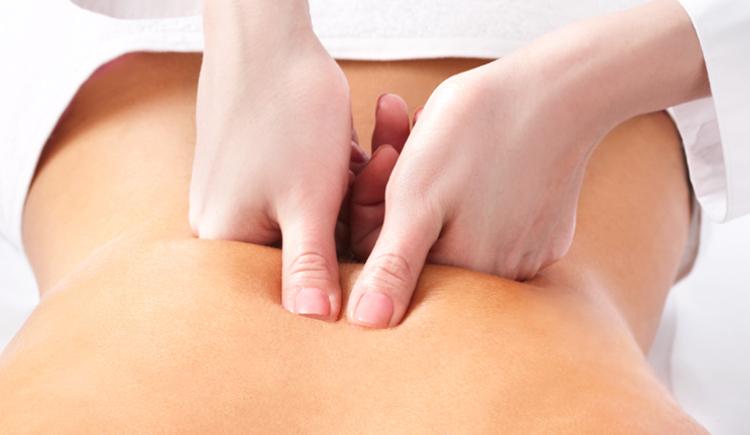Upper Cross Syndrome
A common complaint linked to the modern lifestyle

Upper-Crossed Syndrome is a tightness of the upper trapezius and levator scapular on the dorsal side (back) which crosses with tightness of the pectoral major and minor on the front of the chest. Weakness of the deep cervical flexors in the neck cross with weakness of the middle and lower trapezius. This pattern of imbalance often causes joint dysfunction. Specific postural changes are seen with upper crossed syndrome, including forward head posture, increased cervical lordosis and thoracic kyphosis, elevated and protracted shoulders and rotation and abduction of the scapula.
Causes
When driving passed a bus stop I am invariably greeted by the sight of a succession of people with heads bent forward and rounded shoulders gazing into their phones. I see plenty of potential future clients. Adopt this posture frequently and for long enough and your body will adapt to what you are asking it to do. The rhomboids, middle and lower trapezius become long, weak and stretched with the pectorals becoming short and tight. We are physically designed as hunter gathers and not meant to be sitting at a computer desk of driving for 7 hours a day.
What to do about it.
If your job means you have to sit at a desk everyday then its something you don’t have much choice in doing. But all is not lost. A strategy of massage, stretching and strengthening is the answer. Soft tissue work can bring immediate relief to a condition that often leads to headaches, discomfort in the upper back and sleepless nights. I also provide my clients with a suitable exercise program via the website Rehabmypatient.com.
The aim is to strengthen those muscle groups that have become long, weak and stretched. As well as strengthening the weak muscle groups the aim is to also reverse the clients posture at least a couple of times a day. What I mean by this is that if for instance you are sitting at the wheel of a car for hours per day you are sitting in a state of spinal flexion( bending forward) for hours at a time. To counter this then the client needs to adopt a posture of thoracic extension to be included in their exercise program. The soft tissue work and stretching resolve the other problems of short tight pectorals etc.and also help with the discomfort of the weakened muscles that have in effect, become locked long and weak (rhomboids, lower and mid traps).
So there you have it. It is a problem that tends to develop over a period of time which is why I see it as a problem of future epidemic proportions in the younger generation in particular who spend a lot of time on mobile phones, gaming etc.
